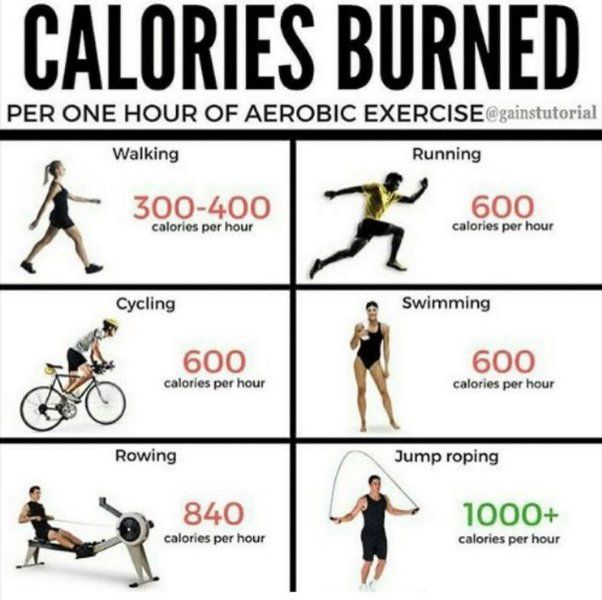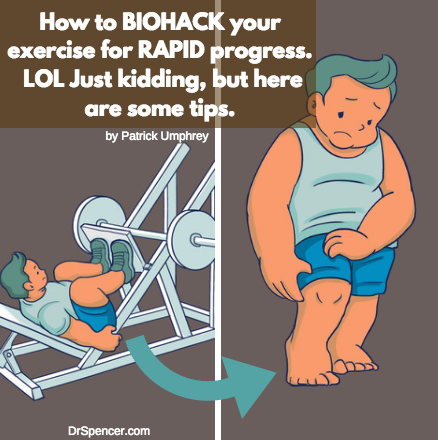Cardio training is an essential component of any fitness regimen. It helps improve cardiovascular health, increase endurance, and burn calories. But simply going through the motions of a cardio workout may not be enough to achieve optimal results. To truly maximize the benefits of your cardio sessions, it’s important to understand and utilize heart rate zones.
What are Heart Rate Zones?
Heart rate zones are specific ranges of heart rate that correspond to different levels of intensity during exercise. By training within these zones, you can tailor your workout to achieve various fitness goals such as improving endurance, burning fat, or increasing speed.
How to Determine Your Heart Rate Zones
The first step in utilizing heart rate zones is to determine your maximum heart rate (MHR). This can be estimated by subtracting your age from 220. Once you have your MHR, you can calculate your target heart rate zones based on a percentage of your MHR:
Zone 1 (50-60% of MHR): This is the easiest heart rate zone, ideal for beginners or for active recovery.
Zone 2 (60-70% of MHR): This zone is often referred to as the “fat-burning zone” and is great for increasing aerobic fitness.
Zone 3 (70-80% of MHR): This is the ideal zone for improving endurance and cardiovascular fitness.
Zone 4 (80-90% of MHR): This zone is considered a high-intensity zone, great for improving aerobic and anaerobic capacity.
Zone 5 (90-100% of MHR): This is the maximum effort zone, best used for short bursts of high-intensity training.
Benefits of Training in Different Heart Rate Zones
By incorporating training in different heart rate zones into your cardio routine, you can target specific fitness goals and improve your overall performance. Here are some of the benefits of training in each zone:
Zone 1:
Improves recovery and promotes active rest.
Enhances blood circulation and oxygen delivery to muscles.
Zone 2:
Increases fat oxidation and helps with weight management.
Boosts aerobic endurance and stamina.
Zone 3:
Enhances cardiovascular fitness and endurance.
Improves VO2 max and overall performance.
Zone 4:
Increases anaerobic threshold and lactate tolerance.
Improves speed and power output.
Zone 5:
Maximizes calorie burn and boosts metabolism.
Enhances sprinting ability and explosive power.
How to Incorporate Heart Rate Zones into Your Cardio Training
Now that you understand the importance of heart rate zones, here are some tips on how to effectively incorporate them into your cardio training:
Use a heart rate monitor: Invest in a heart rate monitor to track your heart rate during workouts and ensure you are training in the appropriate zone.
Interval training: Incorporate intervals of high-intensity exercise followed by periods of active recovery to train in different heart rate zones.
Mix it up: Incorporate a variety of cardio exercises such as running, cycling, swimming, and HIIT to target different heart rate zones and keep your workouts challenging.
Listen to your body: Pay attention to how your body feels during workouts and adjust the intensity as needed to stay within your target heart rate zones.
By utilizing heart rate zones in your cardio training, you can tailor your workouts to achieve specific fitness goals, improve performance, and maximize results. So, next time you hit the gym or go for a run, remember to train smart by staying within the right heart rate zone for optimal benefits.


